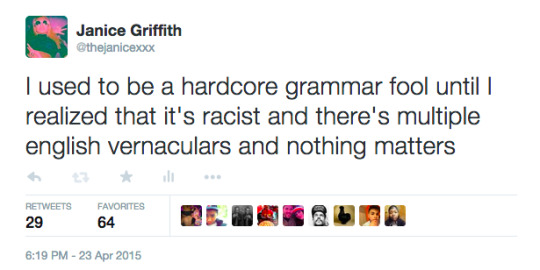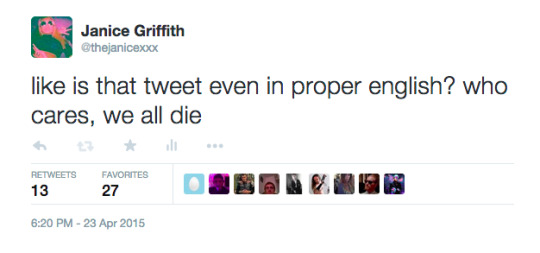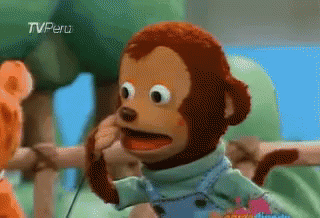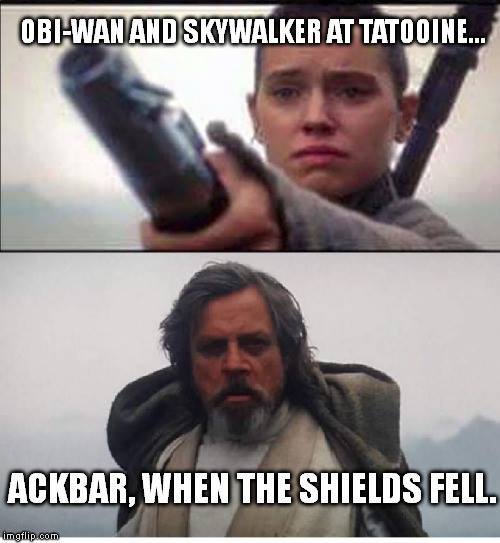A blog about internet linguistics, reaction GIFs and memes
Don't wanna be here? Send us removal request.
Text
Thank you to everyone who has taken the survey so far! We really appreciate it!!
We’ve gotten some excellent responses, but we would love to get as many more as we can before we close the survey.
If you haven’t taken the survey yet, please do! (You don’t need to be a native speaker) And if you can, please reblog!
Understanding Emoji Survey
Hi! We’re conducting a survey to understand how people interpret the use of emoji on Facebook, as part of a larger study of emoji, stickers and GIFs online. If you ever use or read emoji, then we want to know how you interpret them! Your response will help advance research on emoji.
Taking this survey is voluntary, and all responses will be kept confidential. The survey contains questions about 14 cases of emoji use and some additional demographic questions. Please click the link below if you’re interested:
https://iu.co1.qualtrics.com/jfe/form/SV_8e70jAJYDlS8wIJ
104 notes
·
View notes
Photo



335K notes
·
View notes
Text
me: i study linguistics
everyone over the age of 40: oh good u can sort out all those uneducated people who don’t speak properly!
me:

#OTL#so true#only it goes more like:#oh you study how people talk on the internet#so can you comment on the death of society and language?#dinner parties are the worst#internet linguistics
2K notes
·
View notes
Text
English has alternating stress patterns that indicate whether related words are nouns (first syllable stressed) or verbs (second syllable stressed):
Noun: récord Verb: recórd
(x)
216K notes
·
View notes
Quote
When most people tell you they think words are so fascinating, they have in mind items like “canoodle” and “serendipity.” When linguists say it, they have in mind, like, “the.”
Geoffrey Nunberg on twitter, January 3, 2018 (via linguisten)
2K notes
·
View notes
Link
I’m quoted in this Wired article about the history of “doggo”. Excerpt:
Actually, there’s a strong case to be made that the word originated in Australia. To start, doggo first gained traction on a Facebook group called Dogspotting, a 10-year-old community that became quite popular in Australia, says internet linguist Gretchen McCulloch.
“Australian English has this tendency to make cute pet-names, what’s known in the literature as hypocoristics,” says McCulloch. “Like ‘afternoon’ becomes ‘arvo,’ or ‘avocado’ becomes ‘avo,’ or John becomes ‘John-o’.”
Ben Bergen, a cognitive science professor at UC San Diego, also notes “the -o suffix is much more common in Australia and Great Britain. Like ‘boy-o’ or nicknames for people, like ‘Jim-o.’”
“It’s possible the [Australians on Dogspotting] were just using this slang and it caught on as an internet thing because people encountered it in the group,” says McCulloch.
McCulloch’s research on doggo led her further down under, to a 1966 document titled “Industrial and intellectual property in Australia, Volume 3” in which the word was referenced as an affectionate term for a dog. (Doggo as a term for dog also made an appearance in a 1994 novel set in Sydney called the Weston Men’s Tennis Club.)
Previously about doggo in this article for NPR.
363 notes
·
View notes
Text
SEQUENTIALLY Speaking
The sixth thing that Graphicons (Emoticons, Emoji, Stickers, GIFs, Images, and Videos) can do is form a Sequence.
This is when a series of consecutive graphicons are put together to tell a “story”.
On Facebook, sequences are usually formed by a string of emoji, like this one:

This might mean something like ‘Fuck you up there (who are complaining); zip it, ok?’
But on tumblr you’re more likely to see a sequence made of images, GIFs or Emoticons.
If you see any good examples of sequences on tumblr, please let me know!!
- Herring & Dainas, 2017
1 note
·
View note
Text
ACTIONS Speak Louder Than Words
The fifth thing that Graphicons ( Emoticons, Emoji, Stickers, GIFs, Images, and Videos) can do is perform Actions.
This is when a graphicon is used to portrays a (typically) physical action

An action can add a nuance of meaning to your sentence like the clap emoji in the “ratchet clap” meme

Source
And a graphicon doing an action can stand alone as a proposition of it’s own
¯\_(ツ)_/¯
- Herring & Dainas, 2017
1 note
·
View note
Text
I’m Not Sure I Like Your TONE
The fourth thing that Graphicons ( Emoticons, Emoji, Stickers, GIFs, Images, and Videos) can do is add Tone to a message.
This is when we use graphicons as a way to help people figure out how to read out comments. They basically always have to go with text. And using graphicons this way can help you clarify or soften what you’re trying to say.
Some examples from our paper:



In fancy linguistic speak, we might say that graphicons used this way are functioning as “nonverbal, paraverbal, or paralinguistic interpretation cues” and that they can “hedging the illocutionary force of an utterance”.
- Herring & Dainas, 2017
1 note
·
View note
Text
Are You RIFFING Me?
The third thing that Graphicons ( Emoticons, Emoji, Stickers, GIFs, Images, and Videos) can do is Riff.
A Riff is an (often humorous) elaboration on, play on, or parody of a previous graphicon or text comment.
Here’s a fun example from a research on Facebook:
This image got posted to the Nihilist Memes Facebook Group

This post generated a lot of riffs, sometimes on the concept of nihilism + breakfast foods, and sometimes just on breakfast foods...


youtube
- Herring & Dainas, 2017
0 notes
Text
How Should I REACT to That?
The second thing that Graphicons (Emoticons, Emoji, Stickers, GIFs, Images, and Videos) can do is React.
A graphicon is serving as a reaction when it depicts an emotional response to previous content in a conversation or post.
....Basically every reaction image or GIF you’ve every seen or used here on tumblr

- Herring & Dainas, 2017
1 note
·
View note
Text
Now that you MENTION it
The first thing that Graphicons ( Emoticons, Emoji, Stickers, GIFs, Images, and Videos) can do is Mention. This draws on the dusty philosophical distinction between using a word and just mentioning it.
In our research, we said that a graphicon is a mention when it doesn’t refer to anything but itself.
Here’s an example using the same GIF...
Use: Me when I get a paper accepted:
vs.
Mention: The GIF below contains a wug:

- Herring & Dainas, 2017
1 note
·
View note
Photo

Chewbacca… his arms open.
38K notes
·
View notes
Note
For the survey it says English speakers, does it means native speakers or anybody speaking English?
As long as you can speak and understand English well, you don’t need to be a native speaker.
0 notes
Text
What Kinds of Things do Graphicons Do?
Ok, so. Graphicons apparently do similar things? What do they do exactly? Well, according to our research so far, graphicons can do the following:
Mention (vs. Use)
Reaction
Tone Modification
Riff
Action
Sequence
My next few posts are going to give examples of what these things are...
- Herring and Dainas, 2017
#Internet Linguistics#Linguistics#graphicons#language#pragmatic functions#emoji#gifs#stickers#images#emoticons
0 notes
Photo


Contest entry from dftba-starkids.
275 notes
·
View notes
Text
Understanding Emoji Survey
Hi! We’re conducting a survey to understand how people interpret the use of emoji on Facebook, as part of a larger study of emoji, stickers and GIFs online. If you ever use or read emoji, then we want to know how you interpret them! Your response will help advance research on emoji.
Taking this survey is voluntary, and all responses will be kept confidential. The survey contains questions about 14 cases of emoji use and some additional demographic questions. Please click the link below if you’re interested:
https://iu.co1.qualtrics.com/jfe/form/SV_8e70jAJYDlS8wIJ
104 notes
·
View notes